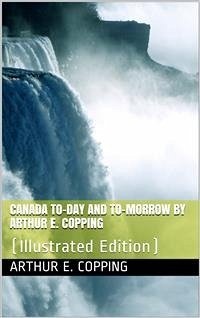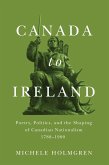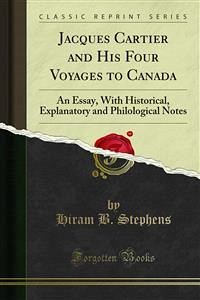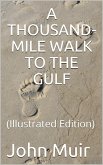Contents
The Dominion's destiny -- Retrospect -- Quebec Province -- Niagara and white coal -- The Lumber King -- Toronto and its Exhibition -- Manitoba: clues to prairie farming -- Among the Dukhobors -- The history of the C.P.R. -- The new Hudson Bay route -- Experiences of immigrants -- Winnipeg and the Centenary -- Key to Canada's mineral wealth: a warning to British capitalists -- New Saskatchewan -- Indians and the missionary -- Northern Alberta -- New trans-continental lines -- The story of the salmon fisheries -- British Columbia, and some reflections.
Canada is a country in the northern part of North America. Its ten provinces and three territories extend from the Atlantic to the Pacific and northward into the Arctic Ocean, covering 9.98 million square kilometres (3.85 million square miles), making it the world's second-largest country by total area. Its southern border with the United States, stretching some 8,891 kilometres (5,525 mi), is the world's longest bi-national land border. Canada's capital is Ottawa, and its three largest metropolitan areas are Toronto, Montreal, and Vancouver.
Indigenous peoples in present-day Canada include the First Nations, Inuit, and Métis, the last being a mixed-blood people who originated in the mid-17th century when First Nations and Inuit people married European settlers. The term "Aboriginal" as a collective noun is a specific term of art used in some legal documents, including the Constitution Act 1982.
The first inhabitants of North America are generally hypothesized to have migrated from Siberia by way of the Bering land bridge and arrived at least 14,000 years ago. The Paleo-Indian archeological sites at Old Crow Flats and Bluefish Caves are two of the oldest sites of human habitation in Canada. The characteristics of Canadian indigenous societies included permanent settlements, agriculture, complex societal hierarchies, and trading networks. Some of these cultures had collapsed by the time European explorers arrived in the late 15th and early 16th centuries and have only been discovered through archeological investigations.
The Dominion's destiny -- Retrospect -- Quebec Province -- Niagara and white coal -- The Lumber King -- Toronto and its Exhibition -- Manitoba: clues to prairie farming -- Among the Dukhobors -- The history of the C.P.R. -- The new Hudson Bay route -- Experiences of immigrants -- Winnipeg and the Centenary -- Key to Canada's mineral wealth: a warning to British capitalists -- New Saskatchewan -- Indians and the missionary -- Northern Alberta -- New trans-continental lines -- The story of the salmon fisheries -- British Columbia, and some reflections.
Canada is a country in the northern part of North America. Its ten provinces and three territories extend from the Atlantic to the Pacific and northward into the Arctic Ocean, covering 9.98 million square kilometres (3.85 million square miles), making it the world's second-largest country by total area. Its southern border with the United States, stretching some 8,891 kilometres (5,525 mi), is the world's longest bi-national land border. Canada's capital is Ottawa, and its three largest metropolitan areas are Toronto, Montreal, and Vancouver.
Indigenous peoples in present-day Canada include the First Nations, Inuit, and Métis, the last being a mixed-blood people who originated in the mid-17th century when First Nations and Inuit people married European settlers. The term "Aboriginal" as a collective noun is a specific term of art used in some legal documents, including the Constitution Act 1982.
The first inhabitants of North America are generally hypothesized to have migrated from Siberia by way of the Bering land bridge and arrived at least 14,000 years ago. The Paleo-Indian archeological sites at Old Crow Flats and Bluefish Caves are two of the oldest sites of human habitation in Canada. The characteristics of Canadian indigenous societies included permanent settlements, agriculture, complex societal hierarchies, and trading networks. Some of these cultures had collapsed by the time European explorers arrived in the late 15th and early 16th centuries and have only been discovered through archeological investigations.









